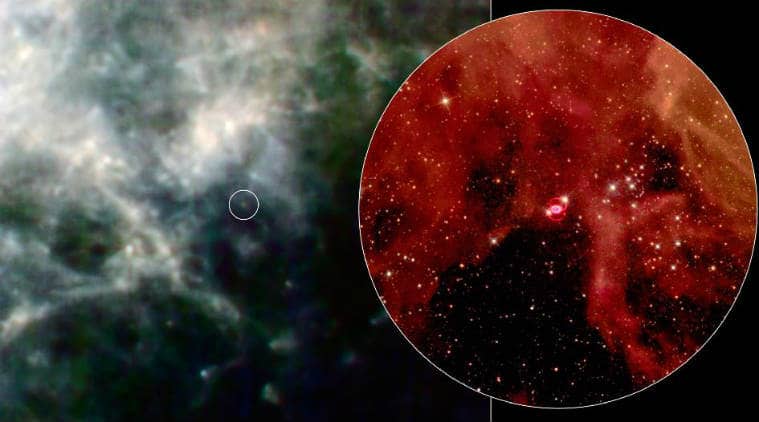New York: Researchers have used machine learning to discover 72 new fast radio bursts from a mysterious source some 3 billion light years from Earth.
Fast radio bursts are bright pulses of radio emission mere milliseconds in duration, thought to originate from distant galaxies.
“This work is exciting not just because it helps us understand the dynamic behavior of fast radio bursts in more detail, but also because of the promise it shows for using machine learning to detect signals missed by classical algorithms,” said lead researcher Andrew Siemion, from the University of California, Berkeley.
While most fast radio bursts are one-offs, the source here, FRB 121102, is unique in emitting repeated bursts. This behaviour has drawn the attention of many astronomers hoping to pin down the cause and the extreme physics involved in fast radio bursts.
The results are described in The Astrophysical Journal.
The AI algorithms dredged up the radio signals from data were recorded over a five-hour period on Aug 26, 2017, by the Green Bank Telescope in West Virginia.
An earlier analysis of the 400 terabytes of data employed standard computer algorithms to identify 21 bursts during that period.
Reanalysing the 2017 data, the team found an additional 72 bursts not detected originally. This brings the total number of detected bursts from FRB 121102 to around 300 since it was discovered in 2012.
“This work is only the beginning of using these powerful methods to find radio transients,” said Gerry Zhang, doctoral student at the varsity.
“We hope our success may inspire other serious endeavours in applying machine learning to radio astronomy,” Zhang added.
For the discovery, the team trained an algorithm known as a convolutional neural network to recognise bursts, and then set it loose on the dataset to find bursts that the classical approach missed.
[source_without_link]IANS[/source_without_link]

